This short essay was intended more like a pictorial. After the pics, I added the words. The words are dedicated to kids who’s fathers weren’t near to show them the art of a real shaving.
The ancient Egyptians are known to have shaved their beards and heads, a custom later adopted by the Greeks around 330 BC, during the reign of Alexander the Great and Romans after them. The practice was encouraged as a defensive measure for soldiers, preventing the enemy from grasping their hair in hand-to-hand combat.
The Ancient Greek word βάρβαρος (barbaros), “barbarian”, was an antonym for πολίτης politis, “citizen”, from polis “city-state”. The sound of barbaros onomatopoetically evokes the image of babbling (a person speaking a non-Greek language). The Greeks used the term as they encountered different foreign cultures, including the Egyptians, Persians, Medes, Celts, Germanic peoples, Phoenicians, Etruscans and Carthaginians. In fact, it became a common term to refer to all foreigners. Another possibility of “barbarian’s” etymology, closer to my disertation may come from barba, which means beard. It is thought that perhaps barbarians were noted by the Greeks as having excessive hair and not maintaining a barbered appearance, and hence, were labeled accordingly. (cf. Wikipedia)
From the heavy wedge blades to half-hollow and fully hollow ground blades, straight razor evolved into an ever more efficient tool for hair removal. Only the traditional Japanese style Straight Razors differ from most other straight razors in that they are not made to be folded into a handle. The handle is part of the razor itself. They are also different in that the two sides of the razor itself are not hollow ground the same. The back side of the blade which is the flatter of the two sides and is known as the Omote side and the front side of the blade which usually has a stamp in Japanese Kanji is more curved and known as the Ura side. When shaving, the traditional method is to keep the flat side against the face.
In Europe, it was a time when it was the mark of a gentleman to be shaved by someone else, even the poorest went to a barber for a shave once a week – certainly once for church on a Sunday. By the end of this period though, most men had their own razor and were instructed by their fathers in its use.
But times changed at the beginning of the last century. King Gillette licensed the safety razor in 1904. It marked a turning point after which he declared that his objective was to make profit rather than serve the needs of the shaver first. Gillette’s brilliant idea was to make a shaving system that was universally required, with a limited lifespan, so the consumer would have to keep on buying.
Large companies work intensively to sell us new and “improved” razors and blades.
Gillette’s original double edged razor blade and the razor to hold were good at their job, but recent times have replaced them entirely by more expensive cartridge razors with one, two, three or even four blades.
The shaving soap and brush have been replaced for most men with foams and gels in aerosol cans that contain various chemicals. Some men use menthol to half-numb the face so they will not feel the discomfort of these less than perfect systems. Shaving has become a chore that most men hate, and avoid when they can. In Turkey, the “un-shaved” trend with exponents like Phil Collins and George Michael, was invented by choice, where all people shave themselves at the barber, once per week (nothing to do with the church, they’re Muslims and the Prophet sported a beard) or once in two weeks, not because they are poor, but for the comfort to be wet shaved with a straight razor by other one, the barber. The rest of the time, they’re “trendy” with their one or two week stubs.
The electric shaver, patented in 1928 by Col. Jacob Schick, has become widespread, even though it does a poor job. It is convenient, and somehow seems more modern, only it can’t be compared with what is one of the real pleasures of manhood. No picture of it in my work, here.
Back to the art; I hope you noticed that dry hair is harder to cut than the wet one.
The treat of a barbershop begins with hot steamed towels being wrapped around your face to soften the beard. The combination of heat and water is what softens the beard, and the water must penetrate into the hair shafts. This means they must be de-greased with soap, and time allowed for the water to soak in.
Unfortunately, what helped to the spread of multiblade shaving systems accompanied with the lately shaving foams or gels was time, the precious time. The rest is just marketing. To be super quick here, eliminates the luxurious ritual out of the shave. With a straight razor or a safety one, shaving in the evening will cause your face to look fresh even in the morning, and still much better than shaving quickly in the morning with a multiblade razor. The adding of “aloe vera” protecting, pro-gliding gels band to the cartridge is just more toxic. They are expensive and frail. A classic double edge blade may be frail as well, but it’s considerably cheaper and offers a greater shaving comfort, if used properly.
It is recommended to shower before shaving. If not, then you have to run a sink full of water as hot as you can stand to put your hand into. Also use hot water to fill your mug with soap in it, or the bowl you use for lathering up shaving cream. Put your brush into the mug or bowl to heat and soak. Wash your face with your usual soap, and then rinse numerous times with handfuls of hot water. If you like you can soak a facecloth in the hot water and wring out the excess. Hold it against your face so that it heats and moistens the skin. It is said to take four minutes for the hair to become saturated with water, but even spending two minutes doing this will help your shave be more comfortable and much closer.
The main thing to remember about preparing your face for any wet shave, is that you need lots of very hot water applied long enough to soften the hair of your beard. Keep this in mind and you’ll do well.
Before any straight razor brand, model or type, or safety double edge razor, very important is the brush. Shaving brushes come with three sources of hair – badger, boar bristle and synthetic. Badger hair is available in three grades, and in ascending order of quality these
are Pure, Best, and Super (also known as silvertip). The hair comes from different parts of the animals coat, and the better grades hold more water and tend to be softer against your skin. There is a good deal of one-upmanship in the world of badger brushes, and bitter arguments over whether one brand of brush contains true silvertip or not. This need not concern you: a best or super brush will suit you well. In the video, you’ll see how to choose a brush.
However you made your lather, now iťs time to apply it. Use the brush with gentle circular motions on your face to both apply and work the lather into your beard. This both feels nice, and smells nice! Furthermore, iťs helping to get the lather to soften the beard hairs as much as possible, and working the lather under them to make them stand up so the razor can get at them.
Some people are happy to shave with the grain of the hair growth only. By the middle of the day it won’t look that great, but you might just be happy with that. The next step up is to shave one pass with the grain, and then one across it (after re-lathering, that is). This will look good, and feel good to the examining hand. It is safe to rub your cheek against that of the woman in your life after two passes. The truly obsessional shaver will want to do three passes, with the grain, across it, and a third against it. This will leave a glassy smooth skin that has no stubble even when you rub in any direction, will look fine by evening and will still feel decent to an examining hand in the evening. Now there is a trade off between closeness and comfort. Not all skins will tolerate three passes. To get the closest shave, you need a well-sharpened razor, a well-wet beard, a lubricating well-applied lather, and a gentle touch with the razor. Given all of these, which you can achieve with practice, I don’t believe there are too many men who can’t enjoy the ultimate shave.
All pics and inspiration for this essay, comes from:
cachebeauty.com, excaliburcutlery.com, StraightRazorPlace.com, vintagebladesllc.com, StraightRazorsDesigns.com, The Superior Shave, and Wikipedia.org of course. Thank you!
If you liked what you read (and for that I humbly thank you for your patience), subscribe to this blog by Email! Follow this blog on Twitter, and on Facebook! For a joyous day, check out my pins on Pinterest or my grams on Instagram 😄. I hope you like this blog so much that you think it’s time to take a step further by becoming yourself a blogger; in order to do that have the kindness to read the Own Your Website offer I have prepared for you! You won’t regret. Thanks for passing by 😄 Speak your mind, don’t be shy!
Copyright © 2012 Rodolfo Grimaldi Blog – The Art of Wet Shaving
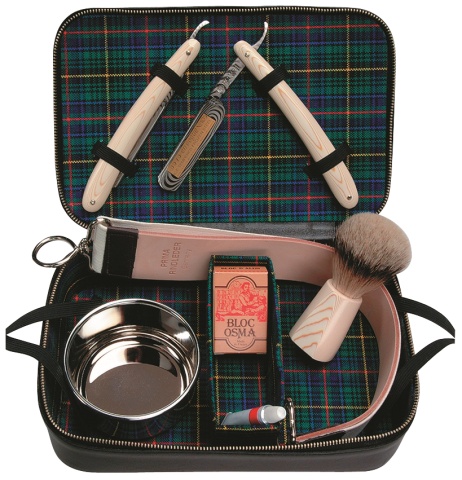
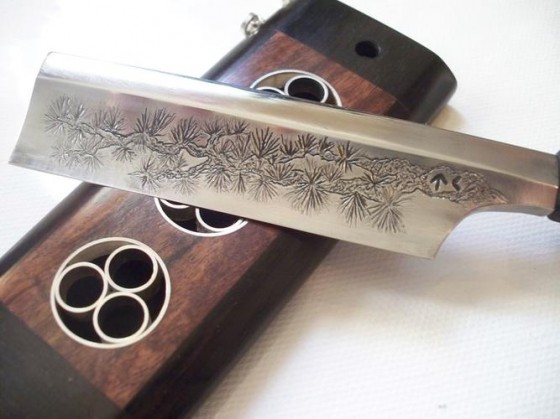

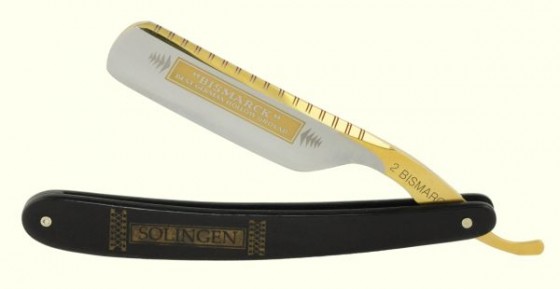
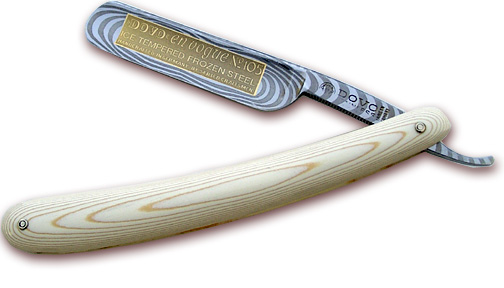
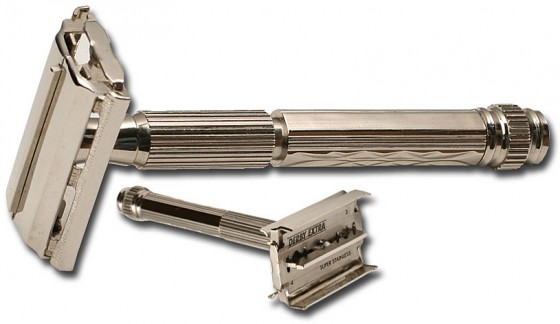
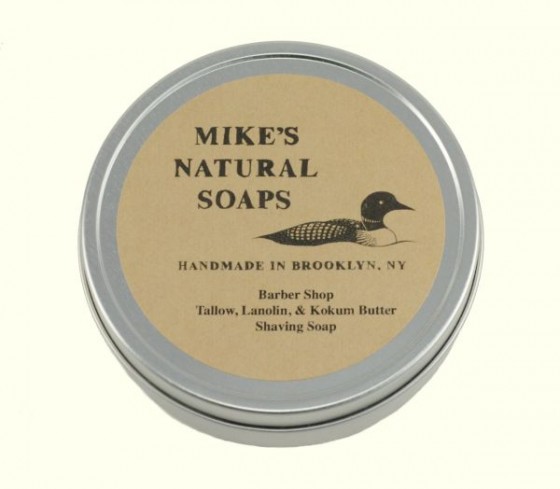
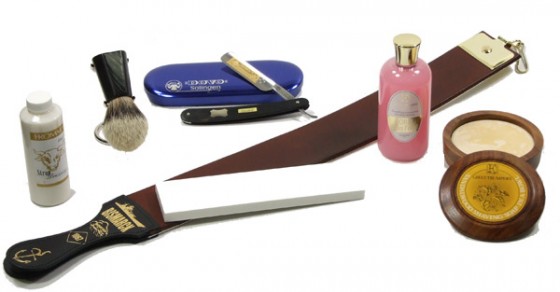

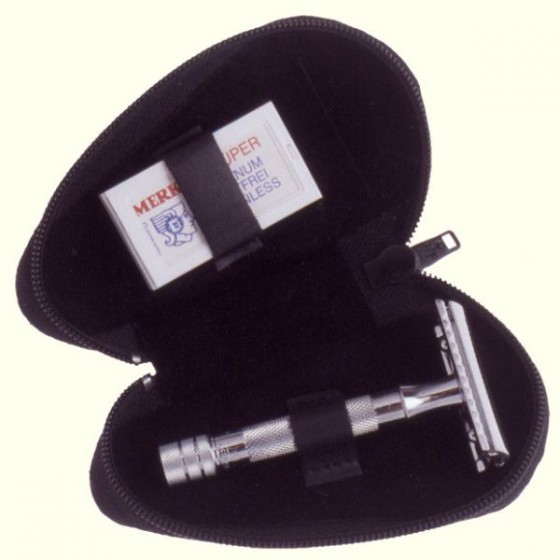
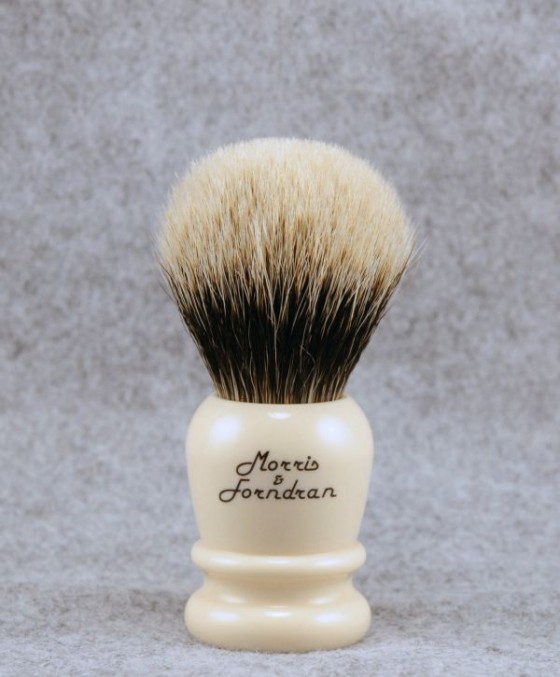
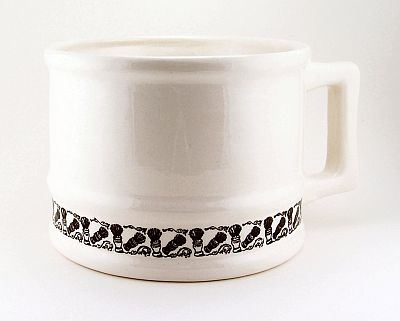
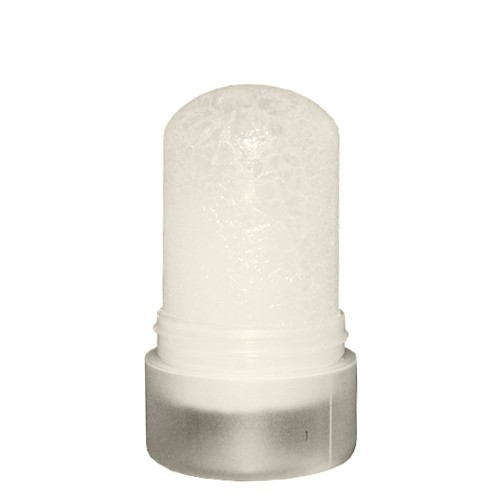
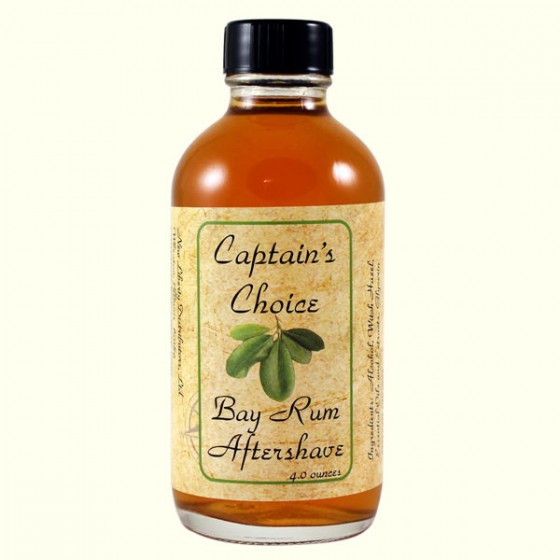
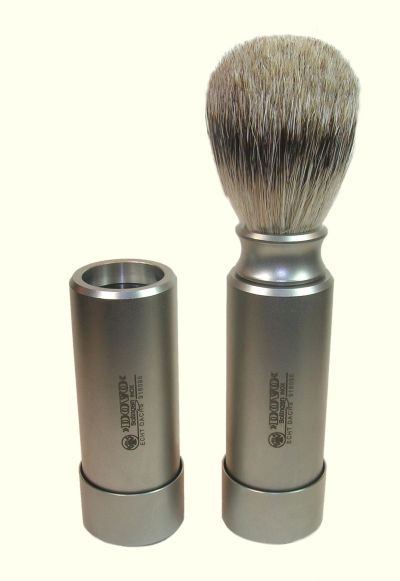

An interesting read. Very popular and informative. The 2d photo from the top depicts a razor I made. It does not note anywhere that this is a TC Blades custom made razor. Could you please correct this?
Thank you and best wishes,
TC
When I collected the images I have saved the links for the credits. There were many sites, I wrote the article during a few days. The straight “japanese custom” razor blade was taken from straightrazorplace.com. I forgot to make a note with all the details. I actually forgot where from exactly, I took any image. I knew only the sites. Thank you for reminding me to be more elaborate. I hope the correction suits you now :).
Thank you. I appreciate this.
Now that all of this has been said. Where can I fine a double edge razor? My uncle is 84 years old and he is still looking for one.
Evelyn, there still is eBay…
But closer to your area, this may be of help:
Grooming Lounge.
If you scroll down the page are also some store locations.
It was a pleasure to do all this research for you 🙂
Thank you!